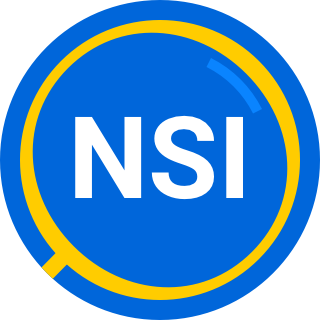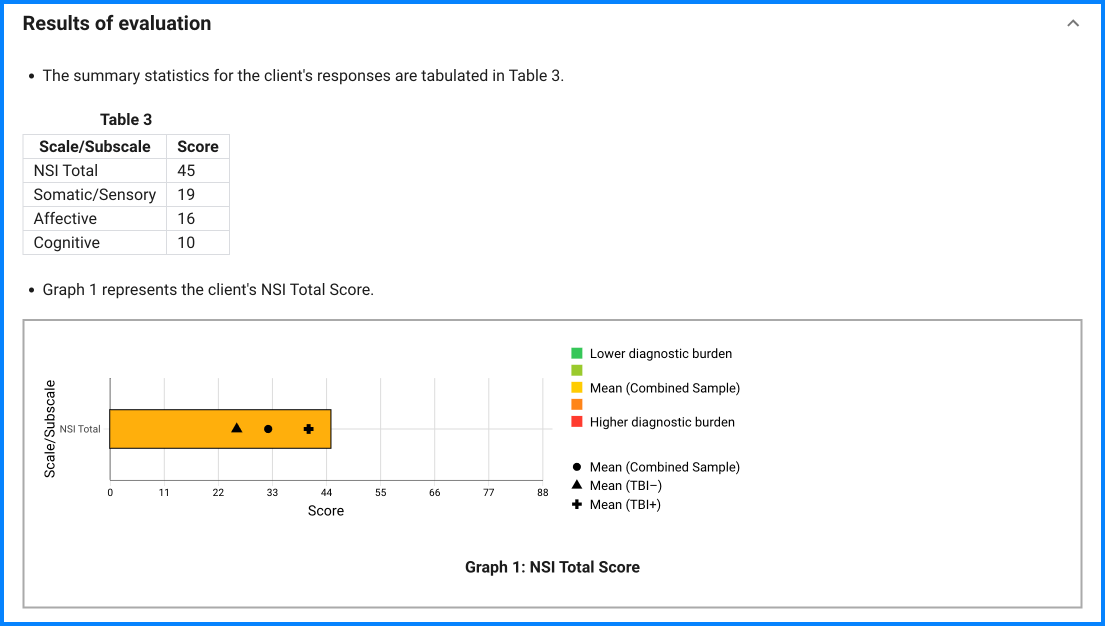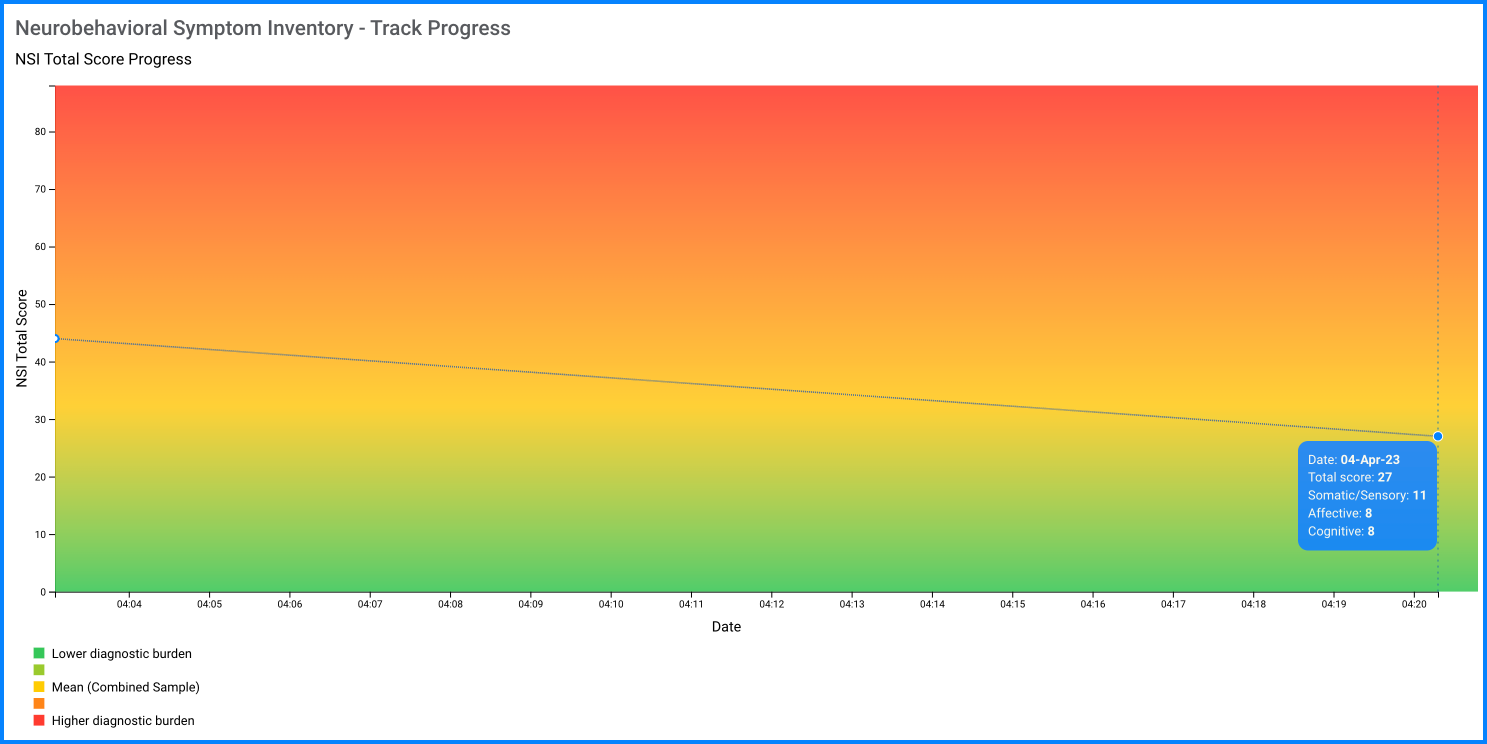Since the questionnaire relies on client self-report, all responses should be verified by the clinician, and a definitive diagnosis is made on clinical grounds taking into account how well the client understood the questionnaire, as well as other relevant information from the client.
The purpose of this inventory is to track symptoms over time.
Research suggests that the NSI is sensitive to increasing diagnostic burden in a roughly additive way. That is, the NSI total scores tend to increase as additional diagnostic thresholds are crossed.
Cicerone and Kalmar grouped patient endorsed symptoms into four distinct categories: affective, cognitive, somatic, and sensory. Symptoms such as headaches, difficulty sleeping, numbness, difficulty hearing, and change in taste or smell did not cluster into any category and were excluded from their follow-up analyses, though they remain listed as items on the measure. A more recent study by Caplan and colleagues show that a three-factor model composed of somatic/sensory, affective, and cognitive symptoms provided a better fit for symptom groupings.




